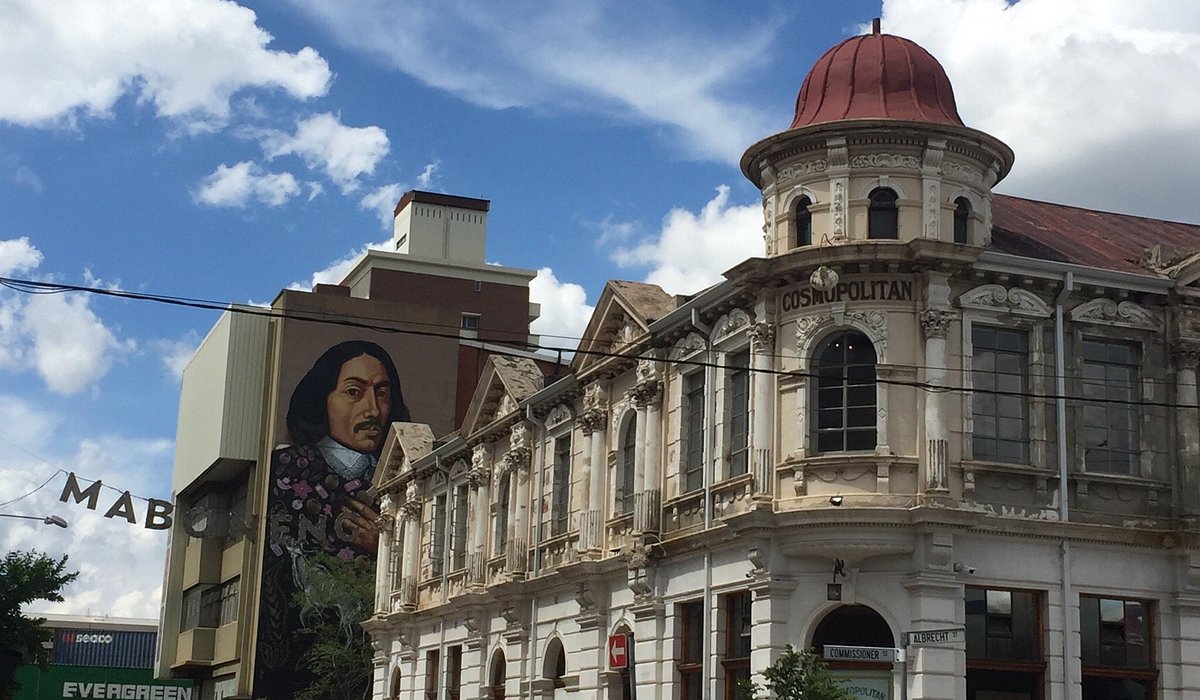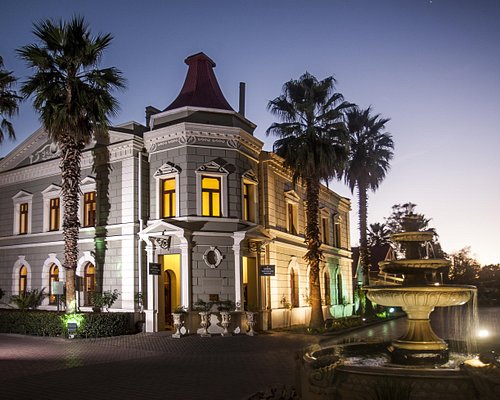The 5-Minute Rule for Johannesburg North Attractions
Wiki Article
The Only Guide for Johannesburg North Attractions
Table of ContentsAbout Johannesburg North AttractionsThe Buzz on Johannesburg North AttractionsThings about Johannesburg North AttractionsEverything about Johannesburg North Attractions7 Simple Techniques For Johannesburg North AttractionsThe Greatest Guide To Johannesburg North Attractions
The city grew on the side of the Witwatersrand Key Coral reef, a subterranean stratum of gold-bearing quartz-silica corporation that arcs for hundreds of miles underneath the Highveld - Johannesburg North attractions. Most of the gold mines in the city discontinued operation in the 1970s, but in its day the Witwatersrand gold sector accounted for more than 40 percent of the world's yearly gold manufacturing.Johannesburg has a warm environment. Summer season temperatures balance concerning 75 F (24 C); winter season temperatures balance regarding 55 F (13 C) and only occasionally dip below cold. The city enjoys concerning eight hours of sunshine per day in both winter months and summertime. Rainfall averages about 28 inches (700 millimetres) per year, but the overall varies significantly from year to year.
What rain the city obtains falls virtually solely in the summertime months, usually in incredible late-afternoon electrical tornados., where numerous locals still depend on coal for gas.

Johannesburg North Attractions Fundamentals Explained
The equilibrium of the city is occupied by whites. Accommodation differs in character and top quality.Physical development, although somewhat limited by transportation, proceeded swiftly as immigration to South Africa, and Johannesburg in particular, boosted dramatically.
Many bad residential areas were mixed, with bad blacks and whites cohabiting, although the rich suburban areas were generally scheduled for whites. This altered with the political election of the National Party in the 1948 political elections, who began to formalise the system referred to as racism. Racism formally assigned which suburban areas each race could live in under the Team Areas Act.
The previous system of eleven numbered areas was reorganised in 2006. Marshalltown, as seen from the top of the Carlton Centre. The M1 and M2 run behind the structures, and the southern residential areas prolong past the highway limit. The inner city of Johannesburg lies within the city's Area F. The estimated populace of the area is 200,000, [] The number of individuals living in the inner city on a casual basis is unidentified, as several are prohibited immigrants. Most higher-income citizens and white people have moved to the north suburbs and have been replaced by lower-income black individuals. The unemployment, education and learning, and age profiles of the location are all unidentified, due to the problem of getting trusted info about the area.
Our Johannesburg North Attractions PDFs
Centred on the CBD, the region consists of the suburbs of Yeoville, Bellevue, Troyeville, Jeppestown, and Berea to the eastern. To the west it infects Pageview (Johannesburg North attractions) and Fordsburg. There are tiny enterprise zones to the south, such as City West-Denver and Benrose. Around 800,000 commuters pass through the central city every day, and it operates as a regional purchasing node for visitors from the southerly suburban areas. Yeoville and Bellevue have a mix of apartment and solitary domestic systems on little lots. The region is located on a hilly divide that ranges from east to west. One of the most noticeable geographical function is Observatory Ridge, which is named for the huge observatory situated on try these out it. The recreational spaces are no longer used, as a result of protection problems.
Johannesburg Arena, a training school for both the Golden Lions and Orlando Pirates, is adjacent. The eastern suburban areas of Johannesburg are situated in the city's 7th [] and 9th [] areas. The location is additionally functionally integrated with East Rand border towns outside of the main border of Johannesburg, such as Bedfordview and Edenvale (both part of Ekurhuleni Metropolitan Community).
Johannesburg North Attractions Can Be Fun For Anyone
The eastern suburban areas are some of the earliest locations of Johannesburg, there are large areas of Jewish and various other European backgrounds, the bulk of the population is English talking. There are 3 golf programs as well as a number of secured ridges with viewsites.The location is mostly composed of old "matchbox" residences, or four-room houses developed by the federal government, that were constructed to give low-cost accommodation for black employees throughout discrimination. Soweto is an acronym, standing for "South Western Townships". Road after street in this field is lined with matchboxes; nonetheless, there are a couple of smaller sized areas where thriving Sowetans have actually built homes that are a lot more similar in stature with those in even more affluent suburban areas.
Hostels are another famous physical function of Soweto. Initially constructed to house male migrant workers, several have been boosted as dwellings for pairs and families. The N1 Western Bypass skirts the eastern boundary of Soweto. The suburban area was not traditionally permitted to produce work centres within the area, so nearly all of its locals are commuters to various other parts of the city.
How Johannesburg North Attractions can Save You Time, Stress, and Money.
The N1 Western Bypass connects the north suburbs with the north-western residential areas. The houses in the north suburbs are mainly this content official, without considerable areas of informal housing, or housing that lacks a permanent structure. Although this is a recognized area, there is a fad of land usage modification from residential to business, particularly along major arterial roadways and around well established nodes.Roads to the eastern and west are much less well developed, as there are no highways travelling in that instructions. In the direction of the northern boundary of the city, the thickness of advancement reduces, leaving huge areas of primitive land around Midrand.
The smart Trick of Johannesburg North Attractions That Nobody is Talking About
, which is situated find this on a hill neglecting the inner city and Hillbrow.Report this wiki page